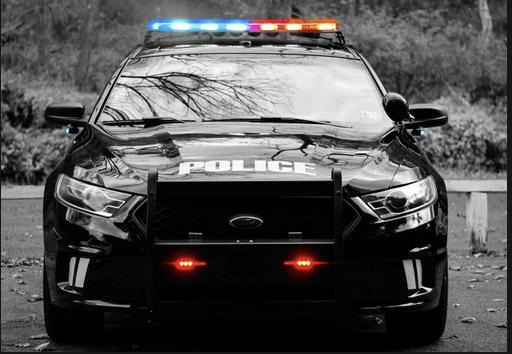The first shot to hit Thomas Crooks, the man who sprayed eight shots at a Butler, Pennsylvania Trump rally on July 13 – hitting Trump in the ear and killing an attendee – came from a local SWAT operator who was about 100 yards away from the building on which Crooks was positioned, Rep. Clay Higgins (R-LA) said in a preliminary investigative report.
When the SWAT officer saw Crooks moving around the rooftop, he quickly left his post and sprinted towards the man, “running to a clear shot position directly into the line of fire while Crooks was firing,” said Higgins.
“He stopped Crooks and importantly, I believe the shot damaged the buffer tube on Crooks’ AR,” Higgins added later, citing eyewitness testimony. The damage may have disabled Crooks’s rifle.
GROK says:
– **The Initial Shot:** The first shot to hit Thomas Crooks, the assailant, came not from the Secret Service, as might be expected, but from a local law enforcement officer. This detail underscores the immediate response from local police, highlighting their role in the initial engagement.
– **The SWAT Response:** A SWAT operator from Butler County, displaying extraordinary bravery, sprinted towards Crooks while he was still firing, a move that could be seen as either incredibly heroic or recklessly brave. This officer’s shot might have critically damaged Crooks’ rifle, potentially ending the threat prematurely.
– **The Final Act:** Despite the SWAT’s intervention, Crooks managed to rise again, only to be fatally shot by a Secret Service counter-sniper. This sequence of events showcases the layered security response, with local law enforcement and federal agents working in concert.
– **Investigative Efforts:** Congressman Clay Higgins, leading a task force, has taken a hands-on approach, recreating Crooks’ movements to understand the logistics of the attack. His investigation also tackled conspiracy theories, notably debunking the notion of a second shooter on a water tower due to the impracticality of such an operation.
– **The Task Force’s Role:** The creation of a task force with a deadline for a final report indicates the seriousness with which this incident is being treated at the federal level, aiming for comprehensive answers and possibly legislative or security protocol changes.
This incident, beyond the immediate danger it posed, has raised significant questions about security protocols for high-profile events, the coordination between local and federal law enforcement, and the mental health or motivations of individuals like Crooks. The investigation’s thoroughness not only seeks to understand the “how” but also the “why,” potentially leading to broader discussions on security, mental health, and political violence in contemporary America.
